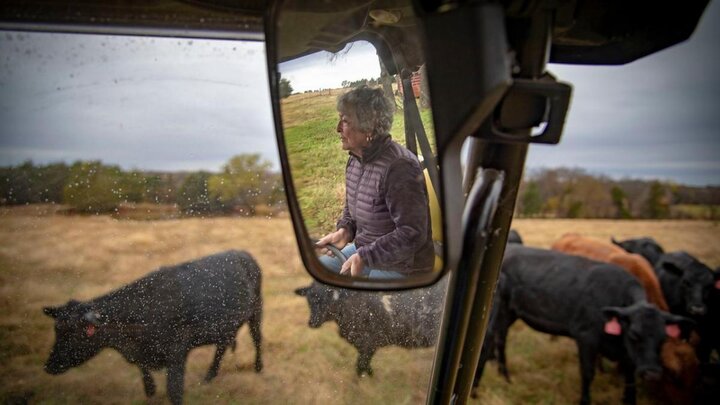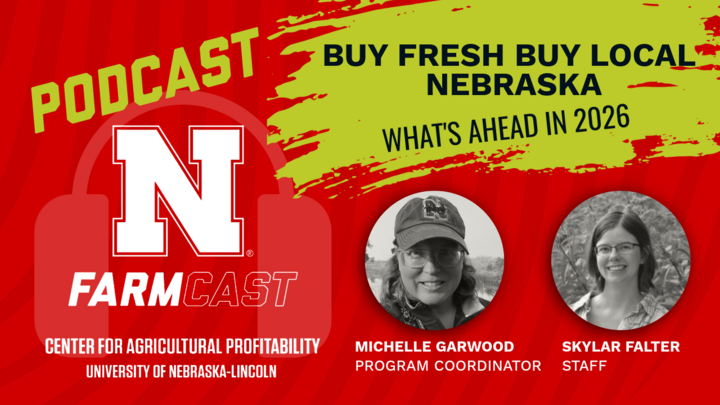This article was first published by the Society of Design Professionals in its March 2021 Newsletter (issue 20).
Agricultural producers consistently face a very challenging decision-making environment. Agricultural production relies on a complex set of biological interactions with the environment in the presence of a very high level of uncertainty. Weather, in particular, presents a source of uncertainty that can quickly change a good decision into a bad outcome, with potential for a tremendously negative impact on the farm or ranch business. Agricultural producers typically make decisions in a very dynamic environment with several competing short- and long-term objectives in mind. This can all be very overwhelming. It often leads to several bad habits undertaken by decision makers to avoid the complexity. One habit is “seat of the pants,” or instinctive, decision-making, often explained as relying on experience. Another habit is to procrastinate until the decision becomes less complex with fewer alternative choices available but less uncertainty. A third common habit is reliance on outside experts to provide an answer or, at least, a “decision tool” that provides an answer. However, the expert developed this information without fully understanding the unique context in which the producer is making the decision.
Institutional risk is also a major influence on farm and ranch decision-making. Institutional risk is defined as the risk associated with someone outside the farm or ranch business changing the rules of the game. U.S. agriculture is heavily influenced by the farm program policies of the U.S. Government’s Department of Agriculture (USDA). Many of these policies are known with some certainty over the five-to-six-year life cycle of a U.S. Farm Bill. However, significant ad hoc policies are often implemented with little notice in the intervening years. For example, the trade war with China resulted in the 2018-2019 Market Facilitation Program (MFP) payments and the COVID-19 pandemic resulted in two iterations of the Coronavirus Food Assistance Program (CFAP) in 2020 and likely a third in 2021. Planting, inventory and marketing decisions affect producer eligibility to receive payments from many government programs, including the ad hoc programs. Producers who proactively manage risk sometimes find themselves at a disadvantage in fully participating in some programs. For example, producers with marketing contracts were ineligible for some CFAP1 payments in 2020. The MFP payments of 2018 were based on actual production quantities produced for six crops while MFP payments in 2019 were based on planted acres for 27 crops. A producer making 2019 planting decisions with fresh thoughts in mind of how the 2018 MFP payments were distributed, would be heavily influenced toward a small subset of crops.
Can farmers and ranchers learn and benefit from proactive decision making skills? Can they fully benefit from a better understanding of decision quality that leads to more consistent decision making designed to produce desired outcomes? The short answer is yes. While farming and ranching poses unique decision-making challenges, an important characteristic of the resulting decision frame is the persistent presence of personal objectives. Farming and ranching are still, for the most part, a family business with long family histories of land stewardship and family values influencing the business in many ways. Understanding the importance of clearly articulated objectives, good information and sound reasoning is a very easy sell. Most producers also understand the tendency to procrastinate or over-rely on outside expertise to deal with complexity leads to lost opportunities to implement the best alternative for their decision situation.
In many ways, agricultural producers are ripe for decision training on proactive decision-making skills and decision-quality concepts. Recent examples of this include interactions with cattle ranchers dealing with forecasts for dry weather and possible drought situations developing. Understanding decisions that need to be made today and decisions that can be made later and linkages between the two reveals much about the decision context. Permission to focus on objectives rather than analyzing alternatives frees up creative thought and generates possible solutions that result in more flexibility and an increase in ability to deal with the future uncertainties being revealed as outcomes.
In summary, it is difficult to imagine a more challenging decision-making environment than the environment faced by an agricultural producer. It is an area ripe for the positive influences of the decision science profession.




